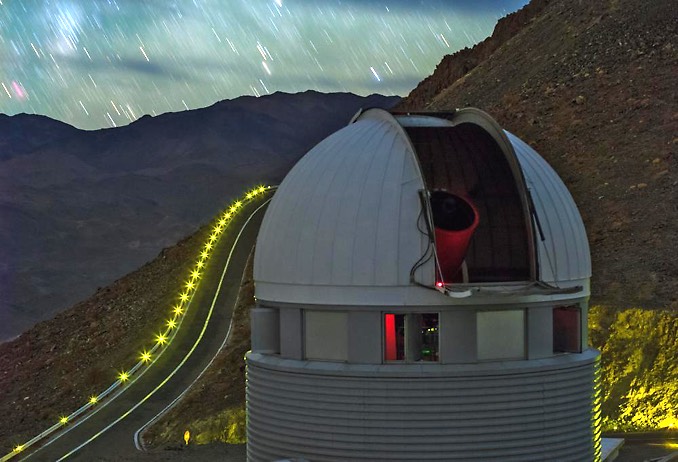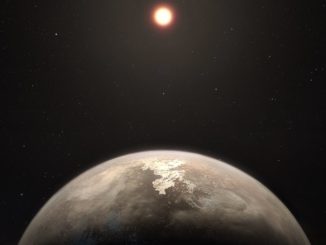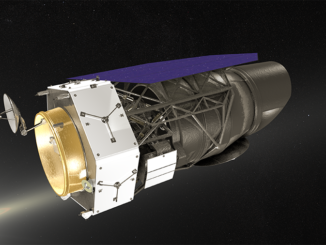
It took two decades of dedicated observations, but multiple researchers at the University of Geneva, using the EULER telescope at the Silla Observatory in Chile, have confirmed five long-period exoplanets by measuring the slight gravitational tugs of the worlds as they swing around their host stars.
“It took 20 years and many more observers,” said Emily Rickman, an astronomer at the University of Geneva, or UNIGE. “This result would have been impossible without the availability and reliability of the CORALIE spectrograph installed on the EULER telescope, a unique instrument in the world.”
Since it was commissioned in 1998, the automated 1.2-metre Leonhard Euler Telescope and the CORLIE spectrograph have been on the lookout for the subtle back-and-forth movement of stars caused by the gravity of orbiting planets. The instrument can detect such radial velocities with an accuracy of a few metres per second. That translates into an ability to detect Neptune-size planets or larger.
“As early as 1998, a planetary monitoring programme was set up and carried out scrupulously by the many UNIGE observers who took turns every two weeks in La Silla for 20 years,” Rickman said.
The UNIGE researchers have confirmed five “new” exoplanets in the EULER data and more precisely defined the orbits of four other already known worlds. All of them range in mass from three to 27 times that of Jupiter with orbital periods between 15.6 and 40.4 years.
Of the more than 4,000 exoplanets discovered to date, most orbit close to their parent suns and most were discovered by measuring how a star’s light dims ever so slightly when a planet moves across its disc as viewed from Earth. The planetary transit method, with current technology, favours discovery of large, short-period planets.
Only a few dozen exoplanets have been found to date with orbital periods greater than 15 years. And those worlds are of special interest because they are far enough away from the glare of their parent stars to one day facilitate direct observation.
Says Rickman: “Above all, it provides us with new targets for direct imaging.”



